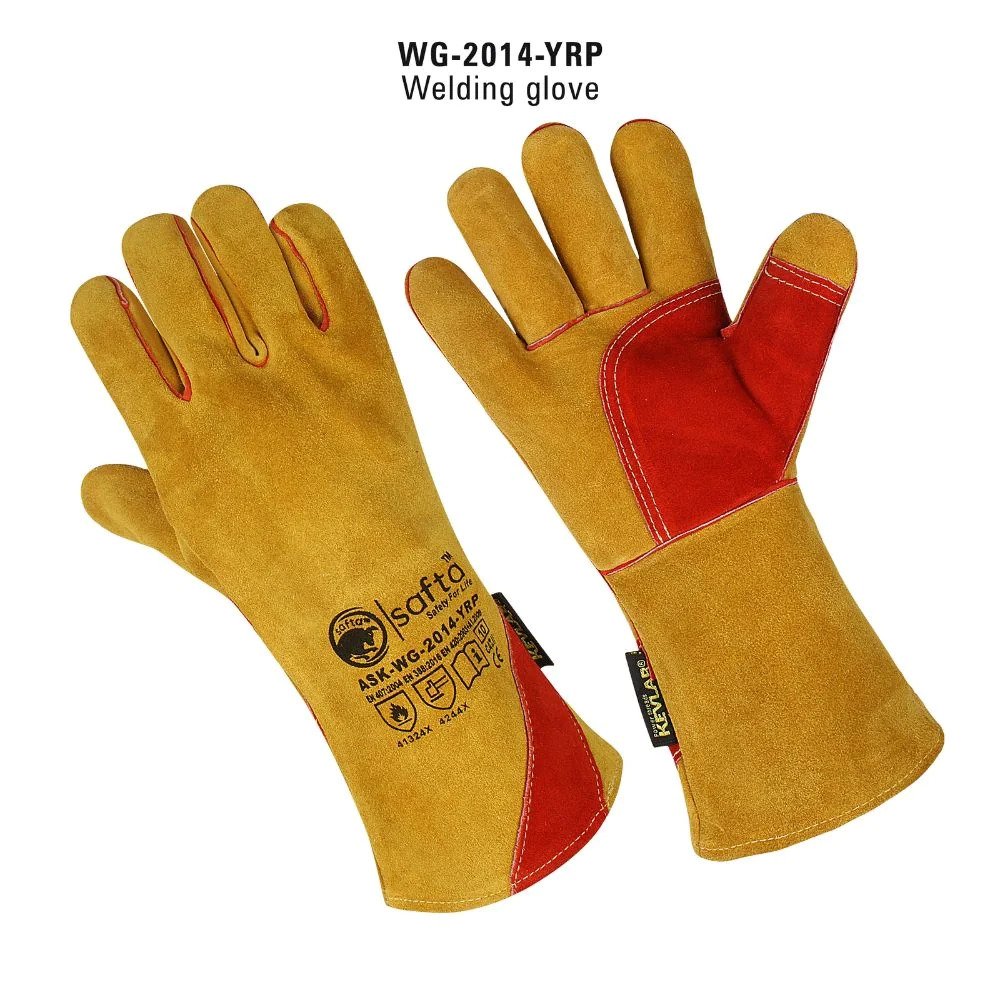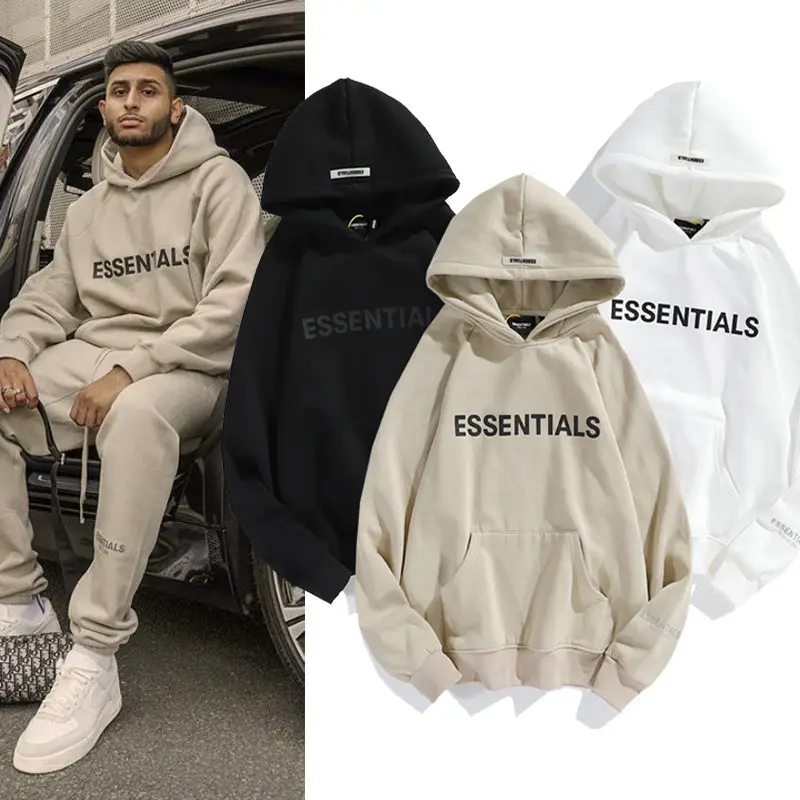Welding, a craft that melds metal together, demands precision, skill, and above all, confidence. As a seasoned welder or an aspiring artisan, your tools are your lifeline, and none is more crucial than your welding gloves. In this comprehensive guide, we delve into the intricate world of welding gloves, exploring their significance, types, and the factors that set exceptional gloves apart.
Why Welding Gloves Matter
When sparks fly and metal meets metal, the last thing you want to worry about is the safety of your hands. Leather Welding gloves, often an overlooked aspect of a welder’s gear, play a pivotal role in ensuring not just safety but also optimal performance. Crafted with precision and designed for durability, these gloves are your first line of defense against the perils of welding.
Types of Welding Gloves
1. Leather Welding Gloves
Leather, a time-tested material, remains the go-to choice for welding gloves. These gloves, often made from cowhide or goatskin, provide excellent heat resistance and dexterity. Look for gloves reinforced with Kevlar stitching for added durability, offering a balance between flexibility and protection.
2. MIG/TIG Welding Gloves
For welders specializing in MIG or TIG processes, specialized gloves are a game-changer. These gloves, typically thinner and more flexible, allow for intricate movements and precise control. The enhanced sensitivity comes at no compromise to safety, with heat resistance and protection against sparks.
3. Heat-Resistant Gloves
In high-temperature welding scenarios, investing in gloves specifically designed for extreme heat becomes imperative. These gloves often incorporate multiple layers of heat-resistant materials, providing unparalleled protection against radiant heat and molten metal splatter.
Key Features to Look For
When selecting welding gloves, pay attention to the following features to ensure you’re investing in a pair that not only protects but also enhances your welding experience:
1. Material Quality
The type of material used in crafting welding gloves is paramount. Opt for genuine leather or flame-resistant materials for maximum durability and protection.
2. Stitching and Reinforcement
Quality gloves boast reinforced stitching, often with materials like Kevlar, ensuring longevity and resistance against wear and tear.
3. Fit and Comfort
Ill-fitting gloves can compromise both safety and precision. Look for gloves that provide a snug fit without restricting movement, allowing you to work with confidence.
4. Heat Resistance
Different welding processes generate varying levels of heat. Choose gloves with appropriate heat resistance, considering the type of welding you specialize in.
Maintaining Your Welding Gloves
Ensuring the longevity of your welding gloves is not just about the initial investment; it’s about proper care. Here are some tips for maintaining your gloves:
1. Cleaning
Regularly clean your gloves with a damp cloth to remove debris and preserve the integrity of the material.
2. Storage
Store your gloves in a cool, dry place away from direct sunlight to prevent premature wear and deterioration.
3. Inspection
Periodically inspect your gloves for any signs of damage or wear. Replace them if you notice any compromise in their protective features.
Conclusion
Welding is an art that demands precision, and your choice of gloves is a testament to your commitment to the craft. Invest wisely, considering the type of welding you specialize in and the specific demands of your work environment. Remember, confidence in your tools translates to confidence in your craft.




